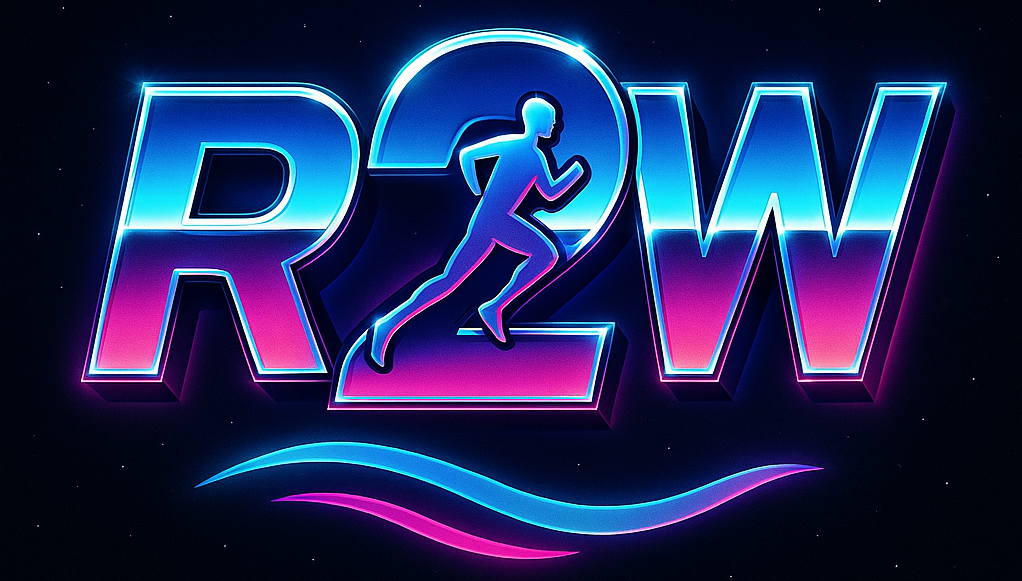What better day than World Mental Health Day to shine a light on how personal the journey with mental health can be? Many find themselves fighting battles that aren’t always visible to the outside world. Running has quietly become a sanctuary and lifeline for those facing mental health issues.
When dealing with anxiety or depression, most folks experience a heavy cloud looming over their heads, making even the simplest tasks feel insurmountable. Something remarkable happens with running. It’s a rhythm, a beat that matches the flow of breathing and thoughts, producing a symphony that quiets the chaos in one’s mind.
Real stories from real people are at the heart of this movement. RW readers have shared glimpses into their lives, describing how putting one foot in front of the other became more than just exercise. It became a metaphor for moving forward, battling their demons step by step, mile by mile.
Through these stories, a pattern emerges. In the process of lacing up and hitting the pavement, many discover more about themselves than they expected. Running does more than release endorphins – it gives a sense of achievement, progress, and control. Part of its magic lies in the simplicity; when the world feels overwhelming, running offers a straightforward path forward.
The tales you’ll encounter highlight resilience and hope, demonstrating that despite everything, there is a way out of the shadows. It isn’t about how fast or how far you can run, but about the sense of freedom and the mental spaces you explore along the way.
Overcoming Anxiety and Panic: Pathways Through to Peace
Anxiety feels like an unwelcome guest crashing the party of your mind, turning everyday life into a series of stressful encounters. But what if running could help you kick that guest out? Here’s how running becomes not just an activity but a balm for those frazzled nerves.
Let’s cut through the science talk and get to what happens when you run. Your body releases endorphins, those little chemicals that bring joy and calm. It’s like scoring a double win: clearer thoughts and a lighter mood, which surprises a lot in battling anxiety and panic. But running doesn’t stop there.
Meet some amazing runners who’ve faced down the stormy seas of anxiety and come out stronger. Take Becky, who turned to running during anxious spells, finding solace in the rhythmic pounding of her feet. Or James, who managed to quell panic attacks by channeling the physical energy into running instead of anxiety.
Feeling jittery about lacing up and trying this for yourself? Start small. Begin with just a brisk walk around your block, then build up to a light jog once or twice a week. It’s about creating a habit, not breaking records.
Here’s another tip: Running with friends who know what you’re going through is like getting an emotional boost for free. The company can distract from racing thoughts, making the run enjoyable rather than daunting.
So, grab those running shoes. Every step, every breath out there on the track or trail edges you closer to finding a sense of peace. Give it a go—you might be surprised at how far it takes you, inside and out.
Running Beyond Limits: Battling Life-threatening Illnesses
Let’s confront the harsh reality: life-threatening illnesses can feel like a mountain crushing the spirit before you even take a step. But what if running could help you move that mountain, pebble by pebble? It’s more than just a form of exercise; it’s a reclamation of life and strength.
Folks facing serious illnesses often find themselves yearning for some sense of control or normalcy. That’s where running swoops in. When you’re out there running, it’s you and the open road, and you’re in charge. Consider Steven, who battled through a severe illness, finding that running gave him a chance to fight back and claim his life one stride at a time. Each step turned into a powerful statement: I am not my illness.
The connection between body and mind becomes crucial here. Running helps reinforce that what you’re doing to keep physically fit can also shield and strengthen the mind. There’s a kind of zen that comes from letting go of everything except the motion and the breath, a welcome reprieve for those worn down by illness.
If you’re dealing with a tough diagnosis and want to give this a whirl, start gently. Listen to your body and recognize that rest is part of the journey too. Some days it’s about the accomplishment of lacing up, not how far you go. Let running be your partner, not a taskmaster.
Connecting with others who understand what you’re facing can be just as powerful. Finding a community, either online or local, where stories are shared about how an illness hasn’t defeated them but transformed them, can offer invaluable support. Your body might face a storm, but running shows that your will remains as clear and bright as ever.
Cultivating Wellness: Building Community and Support
When facing the ups and downs of mental health, having a community at your back can be like hitting jackpot. Running communities, both large and small, offer a place where no one runs alone, figuratively and literally.
People often find that sharing their journeys and struggles with others who “get it” turns a solitary path into a shared adventure. These communities offer understanding without judgment—a crucial element when tackling mental health challenges. Whether it’s a local running group or an online forum, the camaraderie can be indispensable.
Take it from Ellie, who once believed she had to fight her battles alone. By joining a weekend running club, she not only found support for her mental wellbeing but gained a whole bunch of friends who cheered each other on across the finish line in life and in races.
Forming or finding these groups starts with looking around your area—see if any clubs catch your interest. Many cities have running clubs that cater to different paces and goals, including some that focus on mental health. On a digital note, platforms like social media or specialized apps are fantastic places to find fellow runners who are walking a similar journey.
Once you find your tribe, the support and encouragement can propel you forward. It turns running into something more significant—a web of shared experiences and stories, woven together with each step on the asphalt. You’re not just running; you’re building resilience, together.
Building community around running doesn’t just create friends—it creates healing. Each run together is a step towards brighter days, with the bond of shared triumphs, fears, and victories carrying you further than you ever thought possible.

